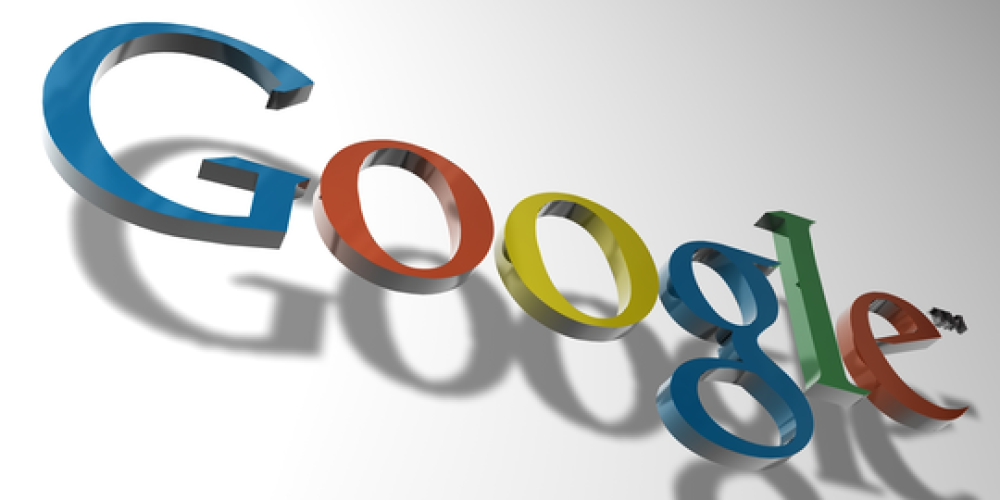Google Takes Learning to the Next Level with Enhanced Math and Physics Solving Features
Nov-02-2023

Unleashing the Power of Google for Enhanced Learning
In a bid to revolutionize learning, Google has unleashed a groundbreaking update to its search engine and Lens tool with the innovative integration of mathematics, physics, and calculus problem-solving abilities. This transformational update is aimed at helping users visualize and solve complex problems in these challenging subjects. The feature, which is not just a tool but a personal tutor, works by either typing an equation into the Search bar or taking a picture with Lens, and bam! You get the correct answer, accompanied by an easy-to-follow step-by-step explanation.
Exploring the New and Improved Google Features
What sets this update apart is the functionality it brings to solving mathematics word problems. For instance, it could break down high school physics concepts such as calculating the average acceleration using the familiar formula “vf= vi + at.” A math solver feature can also be accessed directly by typing “[math solver]” into the search bar, although this is currently limited to desktop use. The good news is that this feature will be available on mobile devices by the end of the year, as confirmed by the tech giant.
Delving into the Geometry Solver Aspect
Not to be outdone, Google also introduced a geometry solver into the mix. Since geometry heavily relies on visualization, the Lens can now interpret and explain both the visual and text parts of a problem. But note that Lens is currently equipped to interpret only “certain triangle problems” as per the company's blog post penned by the Google product lead, Robert Wong. Wong clarified that the geometry solver is now capable of finding the area of a triangle using A = 1/2 x height x base or Heron’s formula, determining the perimeter of a triangle, applying the “Isosceles Triangle Theorem” to figure out an unknown side length or angle, and employing the “Pythagorean Theorem” to ascertain the side lengths in right triangles.
Utilizing Google's Multitask Unified Model (MUM)
With the physics and geometry solver, Google has leveraged its Multitask Unified Model (MUM), a complex system designed to understand specific search queries across different formats including text, images, and videos. Wong explained that interpreting a problem and providing accurate step-by-step responses, which include both text and diagrams, require comprehensive language and query understanding. When asked about the accuracy rate of this new experience, Google didn't share specific figures, but Wong confirmed that testing shows the accuracy rate is very high.
Google’s Continuous Journey in Empowering Knowledge
In addition to problem-solving, Google has also launched new 3D models on Search, presenting interactive diagrams related to almost 1,000 topics in biology, chemistry, physics, astronomy, and more. This feature complements Google's previous introduction of 3D models in 2021, which unveiled diagrams for over 200 concepts in chemistry, biology, physics, and anatomy. Over the years, Google has consistently launched multiple features aimed at facilitating learning. This includes the interactive “practice problems” feature that tests your knowledge of high school topics like math, chemistry, and physics. Furthermore, Google Search recently rolled out an English tutoring tool that asks you to pronounce answers out loud using a provided vocabulary word. In summary, Google continues to push the boundaries of learning, making education more accessible and engaging for all.







